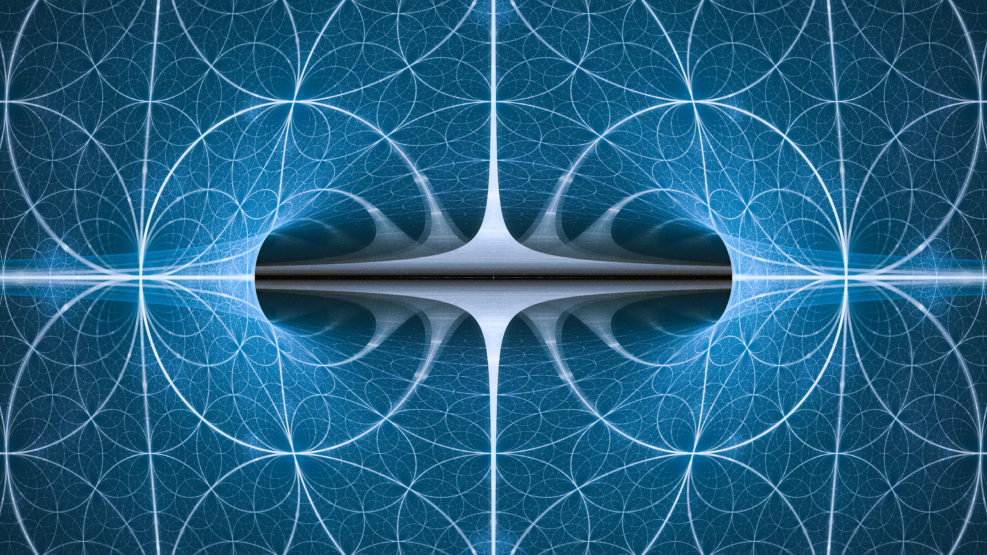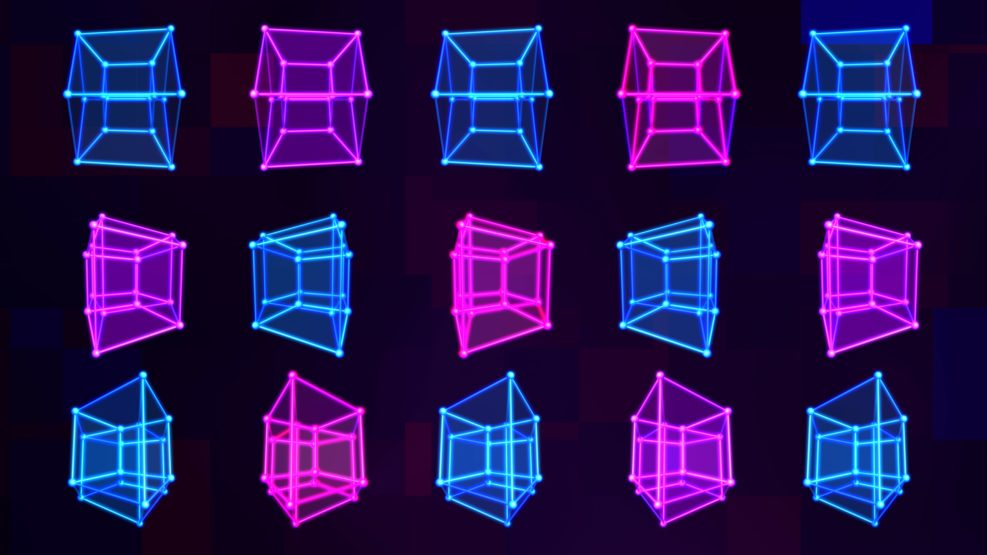
Hard Problem of Consciousness Solved?: A 4th Spatial Dimension?
Philosopher Peter Sjöstedt-Hughes argues that higher spatial dimensions might hold the keyThis story was #4 in 2022 at Mind Matters News in terms of reader numbers. As we approach the New Year, we are rerunning the top ten Mind Matters News stories of 2022, based on reader interest. In “Hard problem of consciousness solved?: A 4th spatial dimension?” (April 20, 2022), our News division looks at philosopher Peter Sjöstedt-Hughes’ view that higher spatial dimensions might hold the key to the uniqueness of human consciousness. In an abridged chapter of his recent book Modes of Sentience (2021), University of Exeter philosopher of mind, Peter Sjöstedt-Hughes, argues that higher spatial dimensions might hold the key to the hard problem of consciousness:” He is a fan of the More–Broad–Smithies theory of consciousness: The word tesseract was Read More ›


